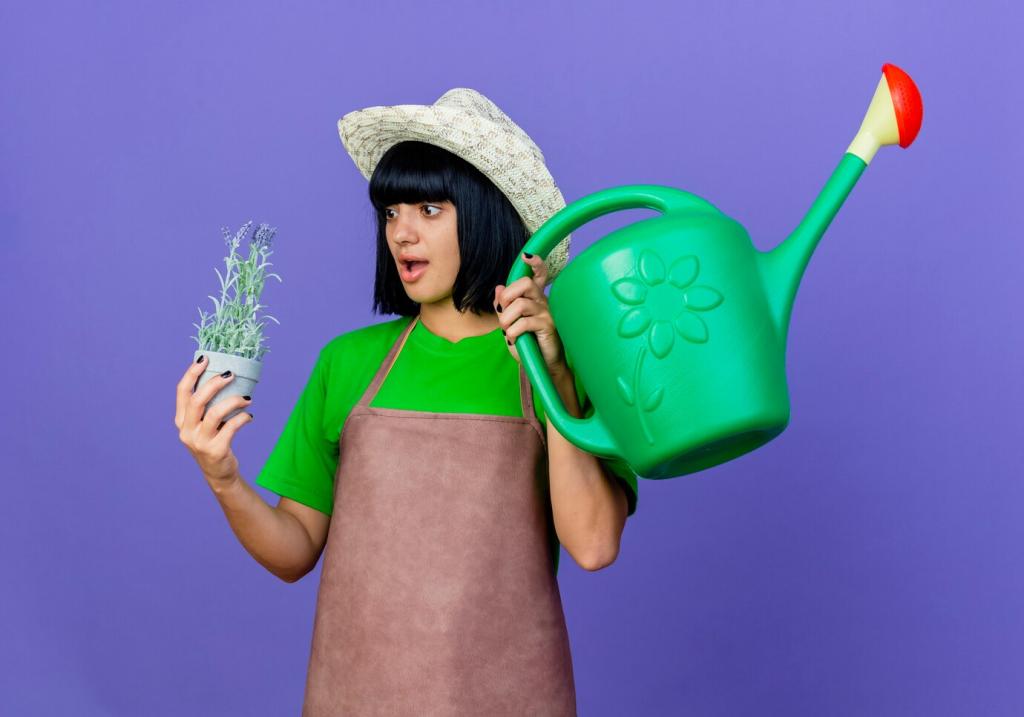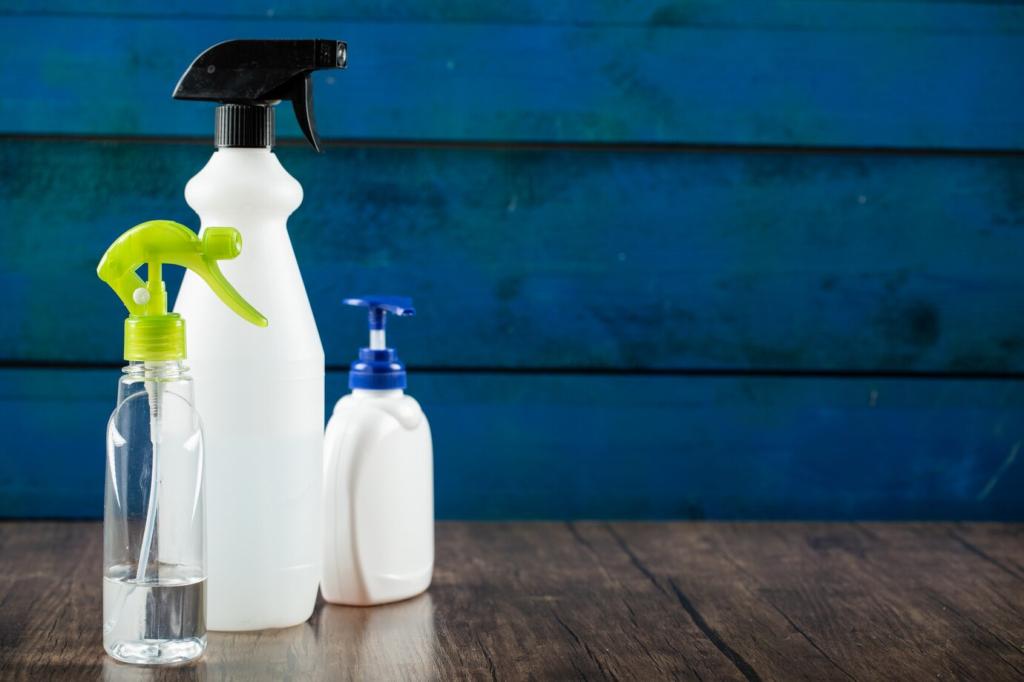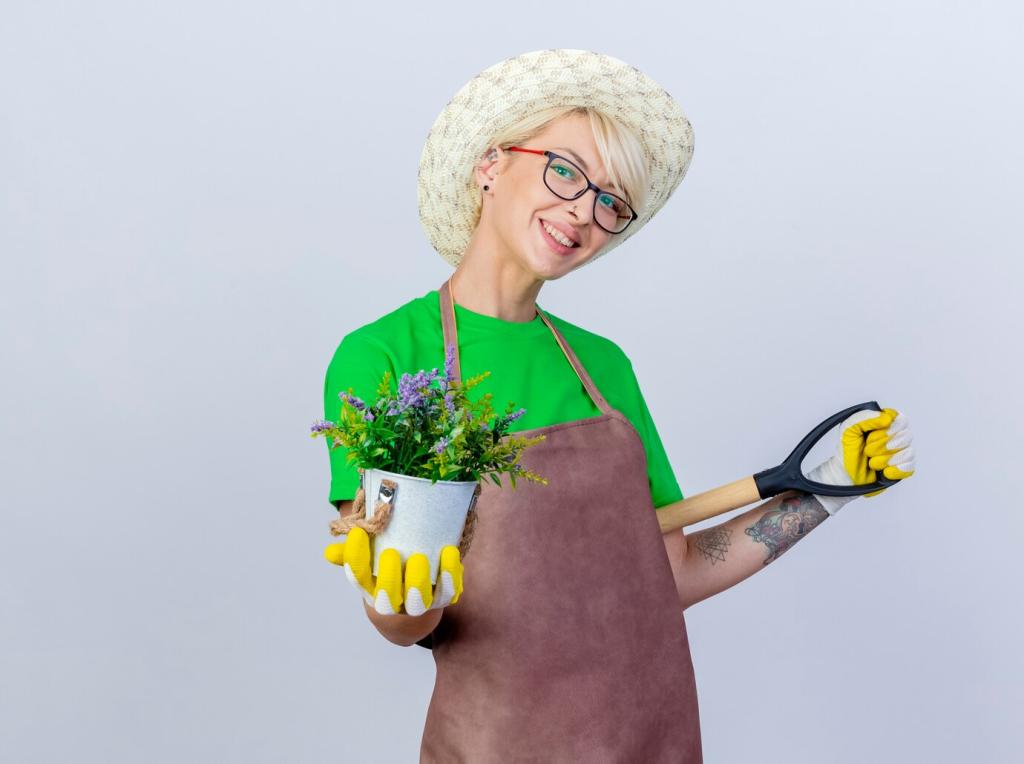Recipes for Different Furniture Finishes
Combine one cup distilled water, one tablespoon white vinegar, and one teaspoon mild liquid castile soap in a spray bottle. Optional five drops lemon or rosemary essential oil. Lightly mist a cloth, not the surface, and wipe with the grain. Immediately follow with a dry cloth to prevent streaks and moisture spots.
Recipes for Different Furniture Finishes
Make a nourishing balm by melting one part grated beeswax with three parts jojoba or fractionated coconut oil. Let it cool until creamy. Apply a pea-sized amount to a soft cloth, rub with the grain, and buff thoroughly. Skip vinegar and water on unfinished wood to avoid swelling or raised grain.
Recipes for Different Furniture Finishes
Mix one cup distilled water with one teaspoon liquid castile soap and one tablespoon white vinegar. Blot stains gently; never rub, which can spread fibers. For delicate fabrics, try plain club soda first. Always test behind a cushion or hem. Share your toughest stain story and how this gentle formula performed.






